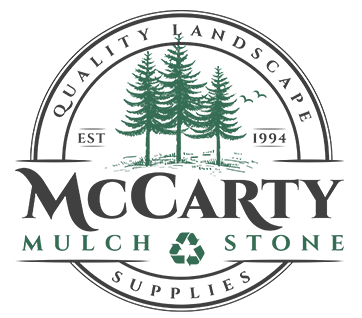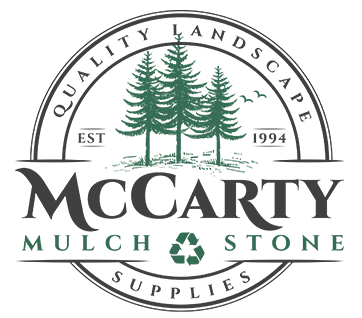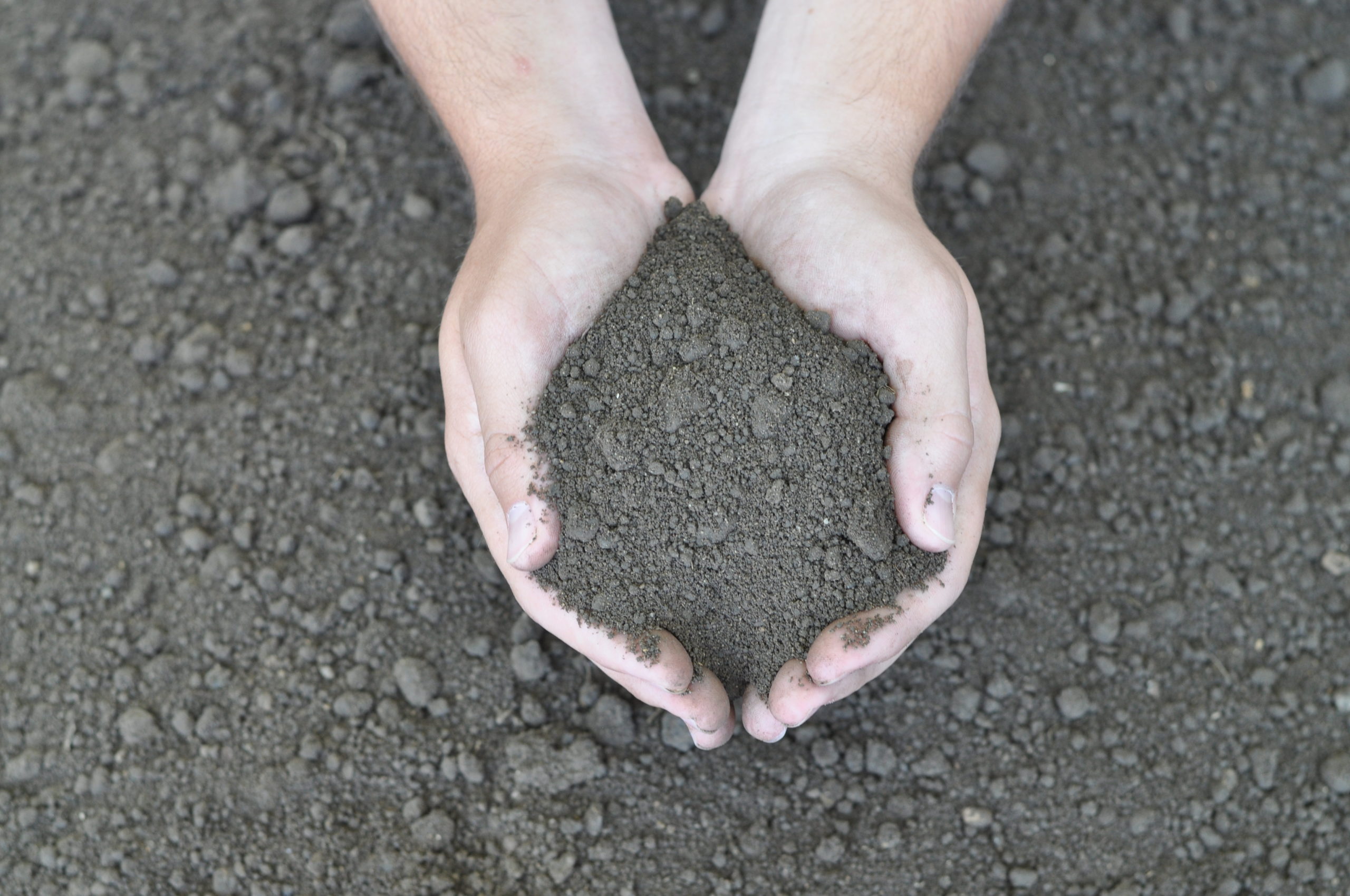Early Spring Soil Preparation: When and How?
While everyone loves the arrival of spring, gardeners rejoice. The sun feels warmer, flower buds begin to swell, and early bulbs like snowdrops, winter aconite, and crocus are in full blooming glory. Early spring is many gardeners’ favorite part of the year. Patiently (or impatiently) you have been waiting for winter’s end, so you can get your hands dirty again. You may want to start raking and digging in organic matter and soil amendments given that spring is a great time to improve your soil for the upcoming season. Before you begin working on your garden beds and soil though, it’s critical to be sure everything has thawed and dried.
When Is It Ok to Work Your Soil?
So how will you know when it’s the right time to begin working in your garden? Since it’s different for each region, we recommend an easy test you can do with just your hands to determine if your soil is ready. Pick up a small handful of soil and form it into a ball then try to break it open. If the ball of dirt breaks apart easily, then it is dry enough to begin working, but if it is soft and squishes instead of breaks (or is visibly moist), it isn’t ready to be worked just yet.
Working dirt when it is still wet can be devastating. It often leads to wet, rock-like clumps that will dry like cement and become cracked soil. Plant growth is best when the soil is healthy, and not compacted with a small amount of air around the roots. You will also want to wait for the soil to dry out before adding any soil amendments like compost, lime, and gypsum
If you are ready to get working even though your dirt isn’t quite ready, you can try raking only the lightest soil on the top (if it’s dry enough), but make sure not to disturb the wet subsoil underneath. Why? Raking only the top layer will help to remove any tiny weed sprouts before they become a nuisance. When you rake them up and leave them exposed, the roots will dry in the sun killing the weeds and adding organic material to the soil.
Soil Building In the Spring
If you believe your garden beds need a thicker layer of soil, you can try soil building in the early spring. Add compost or purchase garden soil then lay a thick layer of wet newspaper or weed cloth, then mulch. The purpose here is to build healthy dirt that releases nutrients as it breaks down, providing your plants with these nutrients without disturbing your garden’s natural soil ecosystem with a shovel or rake. If you are adding new plants to newly built soil, push back the mulch where you want to plant then replace it afterward.
Nutrients
While you’re waiting for your soil to be workable, it is a great time to test the soil for pH and nutrients. When the soil is ready to work, it’s time to make any needed adjustments. The levels of nutrients and minerals in your soil are in a constant state of flux. Plants use the nutrients, and some are simply washed away in the rain. Nature, of course, will replenish them through the decomposition of organic matter, atmospheric deposition (rain and dust storms), and the breaking down of rock into its mineral components. Some of these processes can take decades and won’t be able to maintain the necessary equilibrium in your garden. This is particularly true if you grow nutrient-hungry plants like fruits, vegetables, sunflowers, lilies, and daffodils. Their productivity and vitality will decline season after season without the addition of nutrients.
Nitrogen (N), phosphorous (P), and potassium (K) are the principal nutrients used in a plant’s growth and development and are the nutrients most likely to have an adverse effect on your plants if they are deficient.
N, P, and K can be found in a variety of natural and processed fertilizers, both independently and in combination. You can also make organic mixes yourself by gathering the nutrients from natural sources. Organic amendments that are high in nitrogen include guano, chicken litter, urea, fish emulsion, and cottonseed meal. Phosphorous can be found naturally in bone meal and phosphate rock. The minerals sylvinite, glauconite (greensand), langbeinite (Sul-Po-Mag), and wood ash, are all common organic sources of potassium.
Micronutrients and pH
Micronutrients are rarely deficient in garden soils since they are used in such small amounts. Usually, the annual addition of compost or manure is enough to replenish them. There are some plants however that can become chlorotic (yellowed leaves with green veins) which comes from a lack of iron and could require foliar treatments of iron and magnesium nutrient sprays to correct the problem.
The acid-base balance is a little more complicated. Simply put, a soil’s pH is a measurement of the acidity in the soil. The pH level affects the nutrient uptake by the plants. You can obtain an inexpensive pH test at your local garden center, and it only takes a few moments to perform the test. The lower the number the test shows, the more acidic the soil, and the higher the number it shows, the more basic. As an example, sulfuric acid has a pH of 1, water should be neutral at 7, and lye is around 13.
Ideally, you will want a pH reading of 6.5 for garden soils, but anywhere between 5.2 and 7.6 is acceptable to most plants. Outside of that range, certain nutrients can bind to the soil and become unavailable to your plants. Products such as ammonium sulfate will lower the pH, while products such as dolomite will raise it.
Organic Matter
While there is no magic potion for improving all soils, it’s safe to say the organic matter is the next best thing. It’s not quite magical, but it is efficient and practical. Organic matter includes animal manure, compost, pine needles, hay, seaweed, grass clippings, and shredded leaves. Availability, of course, depends on your region. You can also buy in bulk from your local supplier. You can find garden compost by the cubic yard which is great for your existing garden, or a planters mix of topsoil, compost, and a small amount of sand for expanding your garden into untouched dirt. Both are great for packed clay and silt-type soils. Regardless of what’s available to you, use organic matter into your garden because of it:
- Helps protect against pH problems
- Provides nutrients as it decomposes
- Improves the texture of heavy clay and compacted soils
- Increases water retention of sandy and rocky soils
Professional soil testing every few years will help you maintain the proper level of nutrients required by your plants. Between professional tests, an electronic soil tester will be a handy guide for correcting any significant soil deficiencies. While urban soils are most often the worst to deal with, all gardens will benefit from added nutrients and organic matter.
Make it All Easier With Mulch
All this work every spring runs a risk of becoming bothersome, depending on your tolerance. One sure way to make it easier and avoid a lot of work is to add mulch to your garden every fall. Mulch helps regulate soil moisture and temperature throughout all seasons. It works with compost to help build good soil, so you’ll have fewer amendments to apply each year, and helps prevent weeds from sprouting. We recommend using layers of thick, wet cardboard, brown grocery bags, or newspaper over good compost, then topping with a layer of chipped wood mulch in the fall. These natural mulches help build soil as they break down, unlike plastic or landscape cloth.




